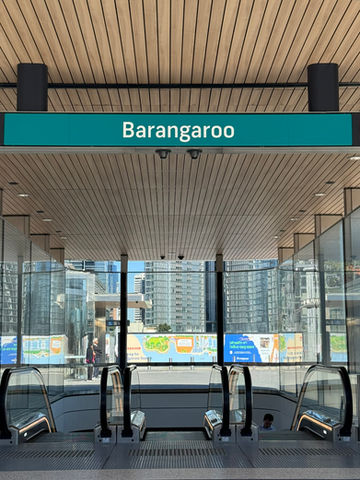Hoarding
Hoardings play a significant role in protecting the public and construction employees on site
Here at LFCS, we supply both hoarding class A and hoarding class B solutions for public safety.

What they are and what they do
Hoardings are typically two metres in height that form a barrier around the perimeter of construction sites.
They are solid and sturdy and provide a barrier to stopping dangerous tools and materials from ending up on the street.
They also hide the construction site; as we know, a construction site is not the look you want on the high street. They provide a facade and a marketing outlet to show what the building will be if office space or offices are for rent.

Why are hoardings important
Hoardings play a fundamental role on construction sites.
They come under two distinct areas:
-
Physical and practical on-site benefits to both workers, and the public
-
Branding and advertising opportunities for the constructor or third-party’s
Our recent work: Sydney Airport
Our recent project at LFCS involved the installation of hoarding at Sydney Airport. This measure not only increased the safety of pedestrians by showing off clear pathways, but it also presented an opportunity to boost visual marketing potential, for either the surrounding areas or anything within Sydney Airport.

Practical benefits
Hoarding is a legal requirement in rural and urban environments for both the protection of the public and the safety of the workers.
Government guidelines are available online at .gov.au, which provides location, size, material, and more guidelines.
As far as practicality is concerned, hoardings minimise entry points to a construction site. The panels act as shields, minimising dust in surrounding areas and any debris falling and ensuring the local community is not seeing a construction site for months.
Visual benefits
Aside from hoardings' physical benefits, they provide an excellent opportunity for brand awareness and offer a large amount of marketing and advertising space.
This can benefit the contractor responsible for that project, a third party, or even another local business.
Using a printing agency providing graphics and prints, you can transform a hoarding into a work of advertising art whilst construction is underway.
Brand awareness
Location is an essential factor when using hoarding to advertise, increase brand awareness or looking to help sell or rent within the new construction taking place behind them.
In busy urban areas, you have a continual flow of pedestrians and vehicular traffic that can be influenced by attractive graphics and printed use of hoardings.
The more people that get to see the advertisement, the better your brand awareness becomes, and remember, construction sites can last months, so you will get plenty of exposure over a long period. Their size alone can make a visual impression, and the fact that people see this every day on their way to and from work can be more effective than other forms of marketing.
Local advertising
Many local businesses are keen to advertise on hoardings for several reasons.
Traditional billboard space, especially downtown, cannot only be expensive but also be booked up for months in advance. Getting an advertising spot can be frustrating, especially if your product or service is seasonal or time conscious.
With the addition of OOH (out-of-home) digital marketing, advertisements tend only to be displayed for a few seconds or minutes at best.
Offering up this space can be an effective marketing strategy for local businesses and works for both parties. With hoardings, you'll find the advertising can last as long as the actual project and can come as a one-off investment. The benefits are them being in full view of pedestrians 24 hours a day, 7 days a week and coming at an affordable marketing cost.
At LFCS, we provide both Class A and Class B hoarding solutions, so please do not hesitate to contact us for further information and a site inspection.
Frequently Asked Questions
What are hoardings made of
Typically a hoarding has a steel frame or timber. Wooden panels are the most common, cheaper and easier to install. The printed graphics or advertising is done separately by a printing company and then attached to the hoardings.
How big are hoardings
Typically hoardings are 2.4 meters (approximately 8 feet) high. Therefore size can differ depending on the law. Site hoardings must meet each state's health and safety standards and security criteria. They must remain rigid during bad weather and heavy winds and ensure pedestrian and vehicle safety.
What is a Hoarding Class A
A Class A Hoarding (sometimes called Type A or Class A Hoarding) is manufactured to secure the perimeters of construction sites. Preventing unauthorised access and the public from debris arising from construction works, providing privacy and making urban areas more aesthetically pleasing during construction.
What is a Hoarding Class B
B Class Hoardings are sometimes called gantry or overhead hoardings. This is because their primary function is to protect overhead from falling debris. B Class Hoardings get installed during construction works and are the second layer of protection if pedestrian or vehicle access on-site is still needed.
Hoarding Sydney
Hoarding Matraville
Hoarding Brighton Le Sands
Hoarding Point Piper
Hoarding Bellevue Hill
Hoarding Vaucluse
Hoarding Centennial Park
Hoarding Double Bay
Hoarding Tamarama
Hoarding Dover Heights
Hoarding Rose Bay
Hoarding Mosman
Hoarding Woolwich



